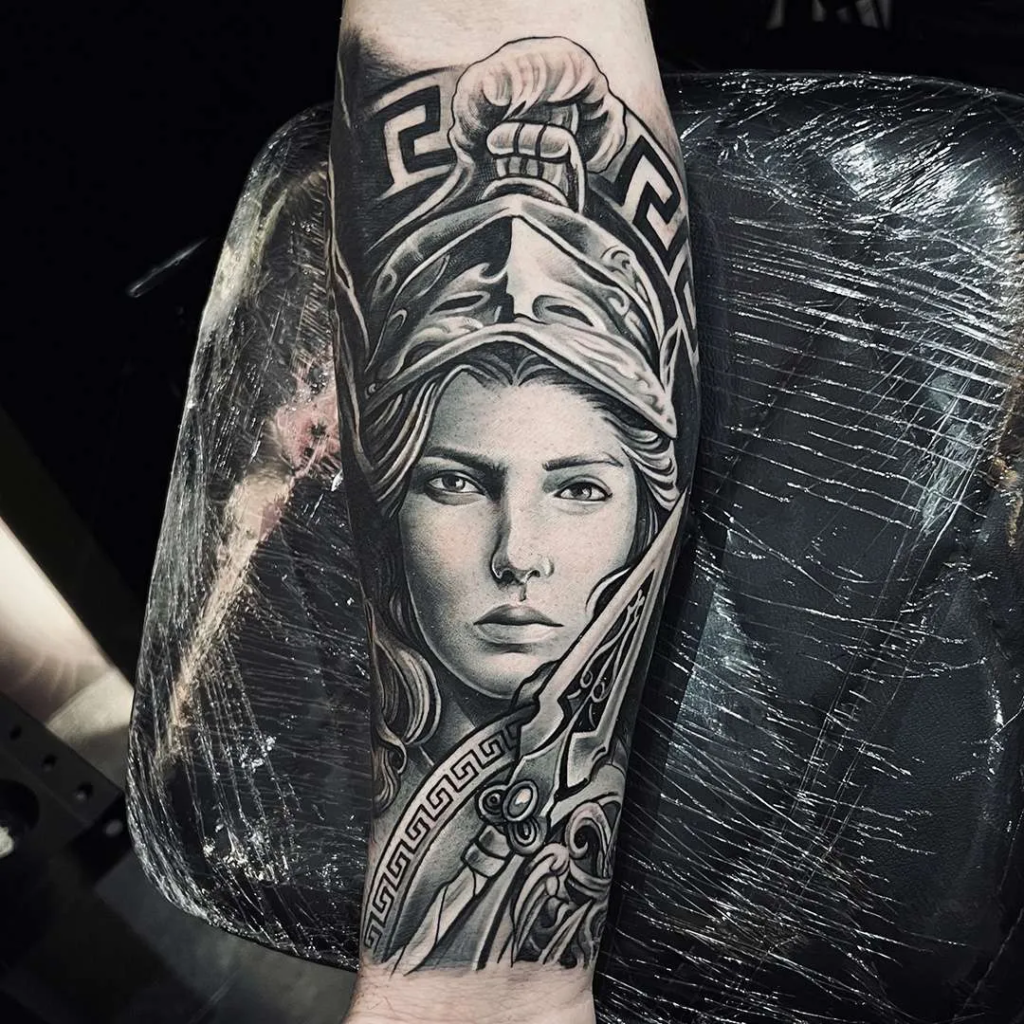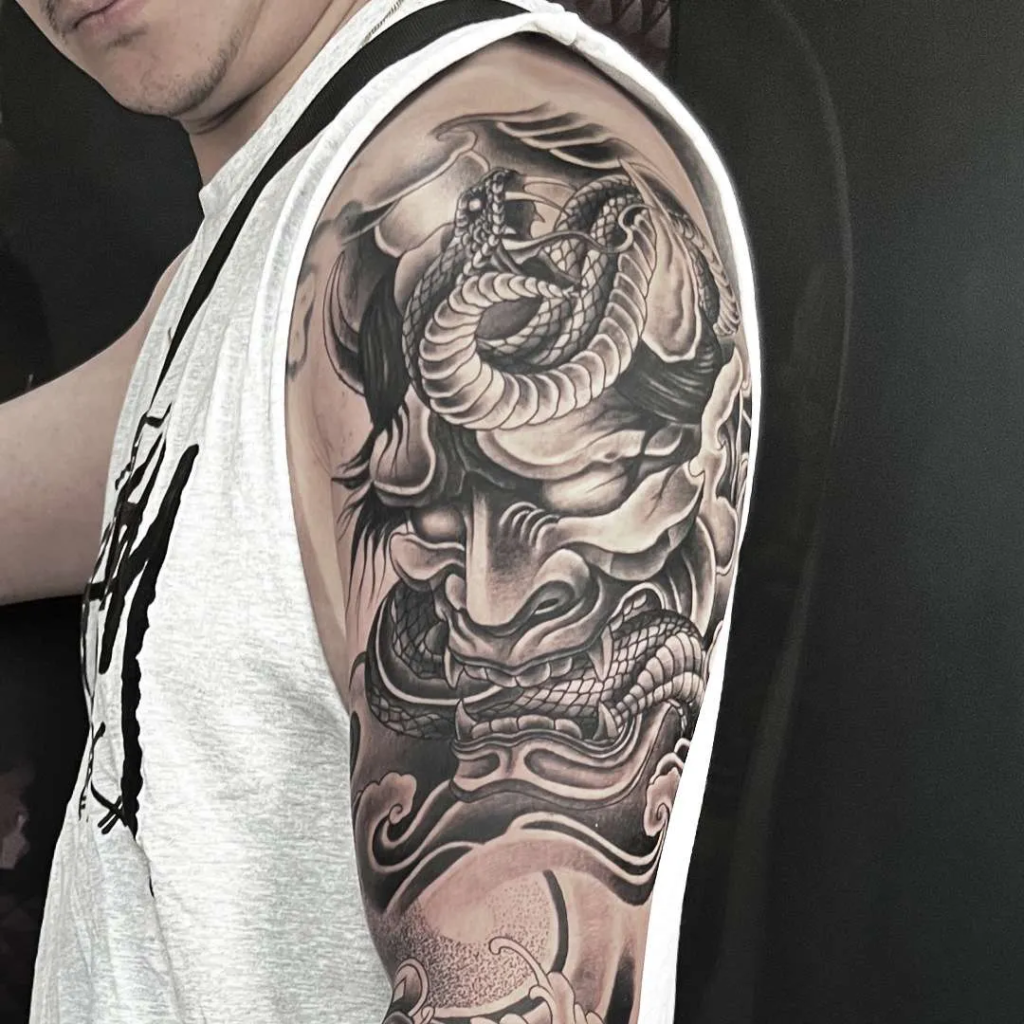In the world of literature and art, ink has always held a profound significance. But what about ink that’s not confined to the written word or the canvas but etched into the human skin? Tattoos have transcended their origins as mere body art. Now, they have become a powerful form of self-expression, telling stories and conveying emotions. This article explores the fascinating realm of tattoos in literature and art. It will also touch a little bit about the symbolism they carry and the impact they’ve had on creative minds.
Tattoos as Literary Symbols
In literature, tattoos often serve as metaphors for deeper meanings. They become symbols of personal transformation and the indelible marks left by life’s experiences. One classic example is in Herman Melville’s “Moby-Dick,” where the character Queequeg’s intricate tattoos are not just body art but a representation of his life’s journey.
Tattoos in literature are also frequently used to symbolize rebellion and non-conformity. They become the literary equivalent of a leather jacket adorned with patches, signaling defiance against societal norms. In Stieg Larsson’s “The Girl with the Dragon Tattoo,” the protagonist, Lisbeth Salander, sports an iconic dragon tattoo that symbolizes her strength, independence, and her personal quest for justice.
Tattoos in Visual Art
Tattoos have long been a source of inspiration for visual artists. The intricate designs, vibrant colors, and the juxtaposition of pain and beauty found in tattoos have made them a compelling subject for paintings and illustrations. Artists like Frida Kahlo and Jean-Michel Basquiat have incorporated tattoos into their works, infusing them with deeper layers of meaning.
Some artists have taken the concept of tattoos a step further by using their own bodies as canvases. Marina Abramović, a renowned performance artist, famously had a set of tattoos created for her piece titled “The Artist is Present.” These tattoos became an integral part of her art, symbolizing her dedication and vulnerability as an artist.
Take a look at these visual arts from a renowned tattoo artist in Bali.


The Evolution of Tattoo Symbolism
Tattoos have evolved over the years from traditional tribal designs to highly personalized works of art. In the past, tattoos were often used to signify one’s affiliation with a particular tribe or group. Today, they are more about individual expression, with each tattoo telling a unique story.
In contemporary literature and art, tattoos are increasingly associated with healing and empowerment. They can be a way for individuals to reclaim their bodies after illness or trauma. Artists like David Allen use tattoos to help breast cancer survivors regain confidence and celebrate their resilience.
Conclusion
Tattoos in literature and art are a testament to the enduring power of ink to convey emotions, tell stories, and symbolize personal journeys. They have evolved from being symbols of rebellion and tribal affiliations to deeply personal expressions of identity, healing, and empowerment. Whether on the pages of a novel or on the canvas of a painting, tattoos continue to leave an indelible mark on the world of creativity.
So, the next time you see a tattoo, take a moment to consider the story it tells and the symbolism it carries.
